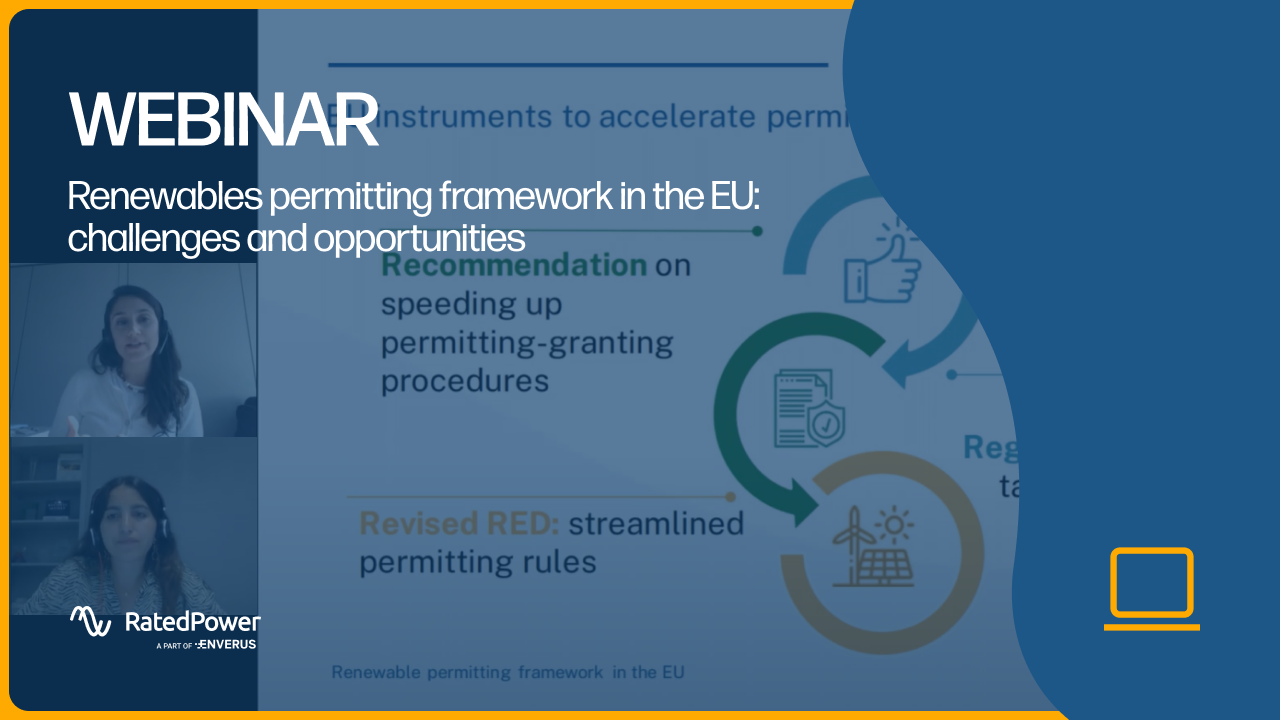- Solar energy blog
- How is the EU dealing with a solar inventory dilemma?
How is the EU dealing with a solar inventory dilemma?
Explore how the EU is tackling its surplus of solar panels while striving for climate neutrality by 2050.


Jeremy Vickerman
Senior Content Manager
Senior Content Marketing Manager at RatedPower with extensive experience in content strategy, production, and communications. Over a decade of expertise spanning marketing, recruitment consulting, and public relations across the UK and Spain, with a strong track record in driving brand visibility and audience engagement.
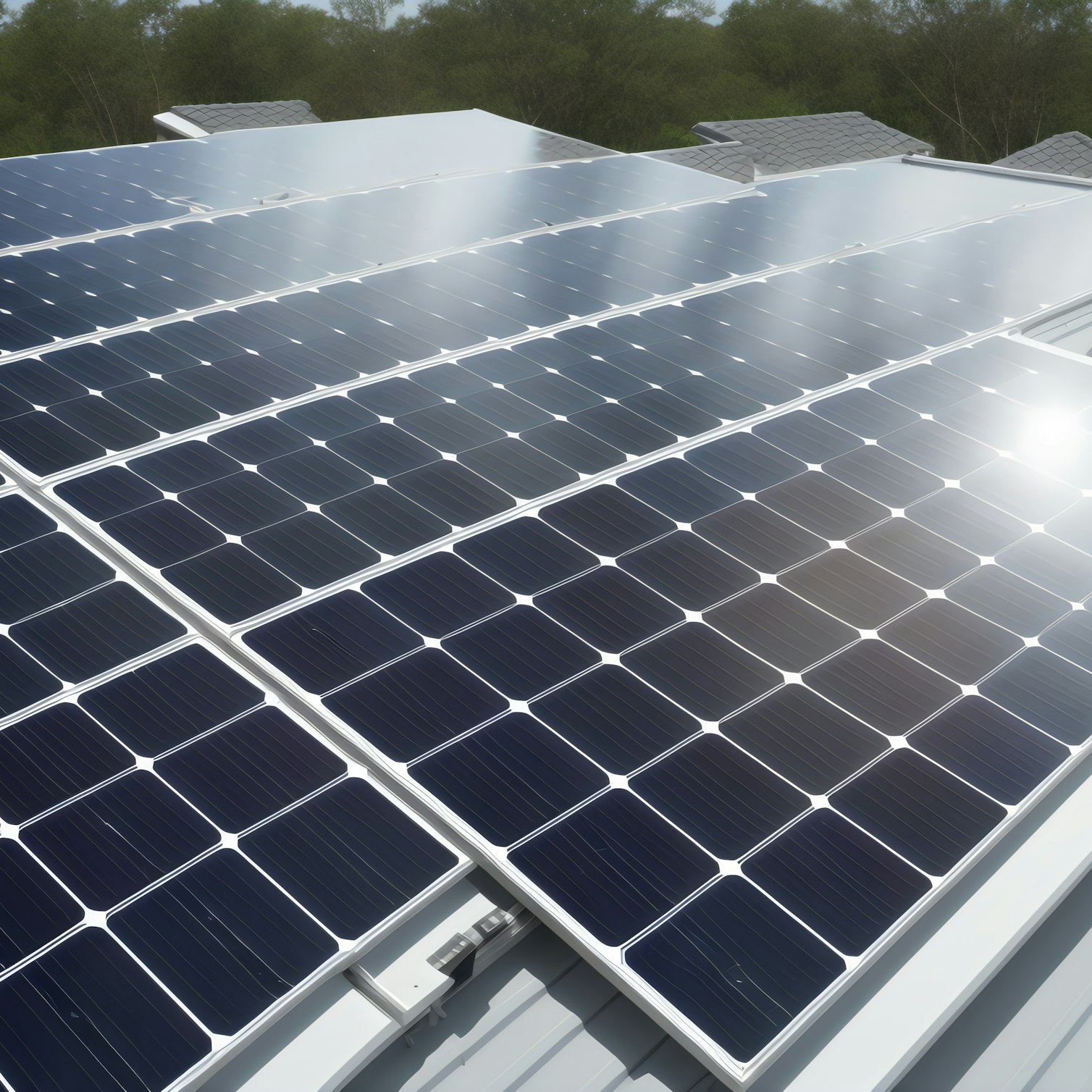
As the European Union (EU) ambitiously strides towards a greener future, it faces a challenge: a surplus of solar panels. In this blog post, we'll take a closer look at how the EU is grappling with this inventory dilemma and the strategies being implemented to balance sustainable goals with practical realities. We’ll explore what these efforts mean for the EU and the broader global push for renewable energy.
What are the EU's climate goals?
Before discussing the EU’s dilemma, let’s first take a closer look at what its climate goals are. At the core of the EU’s climate objectives is the reduction in greenhouse gas emissions by 55% by 2030, with an ambitious aim of achieving complete climate neutrality by 2050. This is a state where the emissions produced match only what nature can absorb.
To ensure member states adhere to these targets, the EU introduced the European Climate Law back in July 2021. This law legally binds all members to achieve both short-term and long-term goals. Alongside this, the ‘Fit for 55’ package was rolled out, which includes the legislation that makes the 2030 minimum 55% reduction objective a legal obligation.
Then tune in to our webinar (Recorded before the revisions to the Renewable Energy Directive): Renewables permitting framework in the EU: challenges and opportunities, where Marta Andrés, Legal, and Policy Officer for Renewables and Energy System Integration Policy at the EU Commission, and Marián Aúz, AE at RatedPower, share valuable insights on navigating the permit process for your renewable energy projects.
A significant part of the EU’s strategy revolves around green investments. A substantial 30% of its budget between 2021 and 2027 will be allocated towards climate change mitigation projects. It is also one of the primary focuses of the ‘Next Generation EU, ’ the recovery plan launched to combat the effects of the pandemic. Additionally, the EU introduced a Just Transition Mechanism that supports regions most affected by these transitions.
In line with global initiatives like the Paris Agreement, the EU also commits itself to international cooperation, including providing substantial financial aid to developing countries undergoing green transitions. On top of this, the European Commission has proposed an even more aggressive target of achieving a 90% reduction in emissions by 2040.
Given its potential scalability and the accessibility of solar across member states, investment in this area from the EU will undoubtedly continue to grow.
The EU’s solar inventory dilemma
In July last year, Norwegian energy research firm Rystad stated that there are €7 billion worth of solar panels stockpiled in warehouses across Europe, amounting to around 40GW worth of solar capacity.
According to more recent reports, this figure doubled towards the end of 2023, more than the total installations within the EU for 2022. Although this drastic increase has raised questions about the accuracy of these numbers, it is clear there is a surplus of solar inventory that is not shifting.
Despite renewable energy being vital for meeting climate goals, bottlenecks in solar module installation have been a severe issue for the EU. A combination of bureaucratic obstacles, grid capacity problems and a buyer’s market have led to this backlog.
This has all led to a build-up of inventory to the extent that it has been described as “toxic.” There’s now concern that these modules might become obsolete and written off before they can be used.
Several key factors contribute significantly to this surge in inventory. One of the dominant elements is that despite inventory piling up, there has been a surge of lower-priced, Chinese-made panel imports throughout 2023, accounting for a considerable 91% of all European PV import expenditure.
Further exacerbating this problem is the discrepancy between imported solar panel volume and actual installation capacity. This is an issue that is compounded by the fact that large utility-scale plants will typically buy straight from the producers rather than panels stored in warehouses, so the surplus panels will be used primarily for smaller residential, commercial, and industrial installations. Projections suggest that continued import growth could result in record-breaking figures if left unchecked.
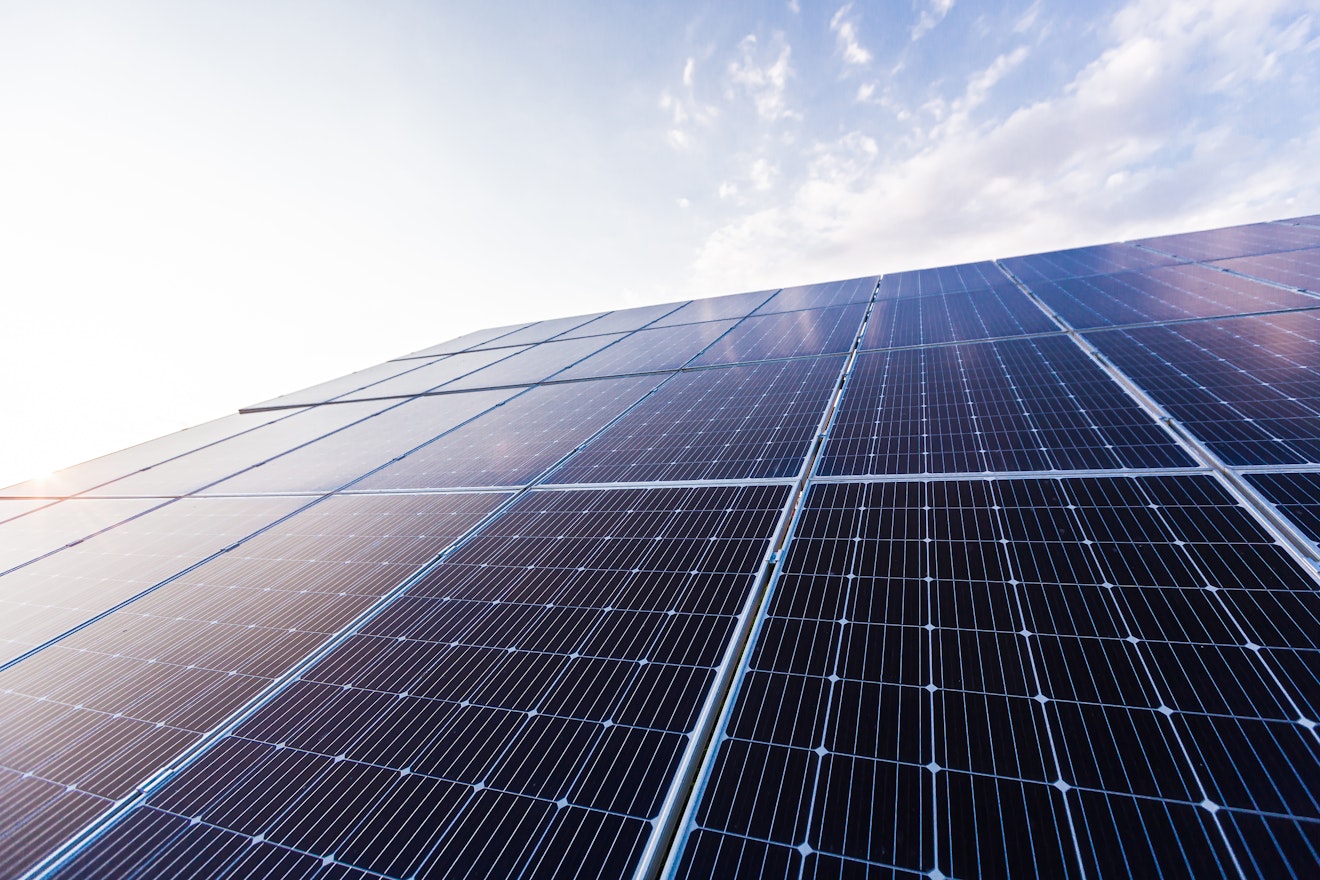
Next steps
There are some predictions that EU solar power installations will slow down over the next two years. With an estimated 80 GW of solar modules currently in storage, the EU stands before a significant challenge, urgently needing efficient strategies to install these panels and fully utilize their potential.
Key among the strategies will be the elimination of bureaucratic obstacles and the promotion of collaboration among all stakeholders across the value chain.
Recent Renewable Energy Directive revisions have focused on streamlining and accelerating renewable projects’ permitting and approval processes. Several measures have been approved to help expedite these processes and increase the speed at which new renewable energy installations can be deployed.
Addressing grid stability and capacity is another component that must be considered. The European Commission estimates that around 40% of Europe’s distribution grids are over 40 years old and that around €584 billion is necessary to upgrade electricity grids this decade. Demand for these panels will wane further without the adequate grid infrastructure to support new solar installations.
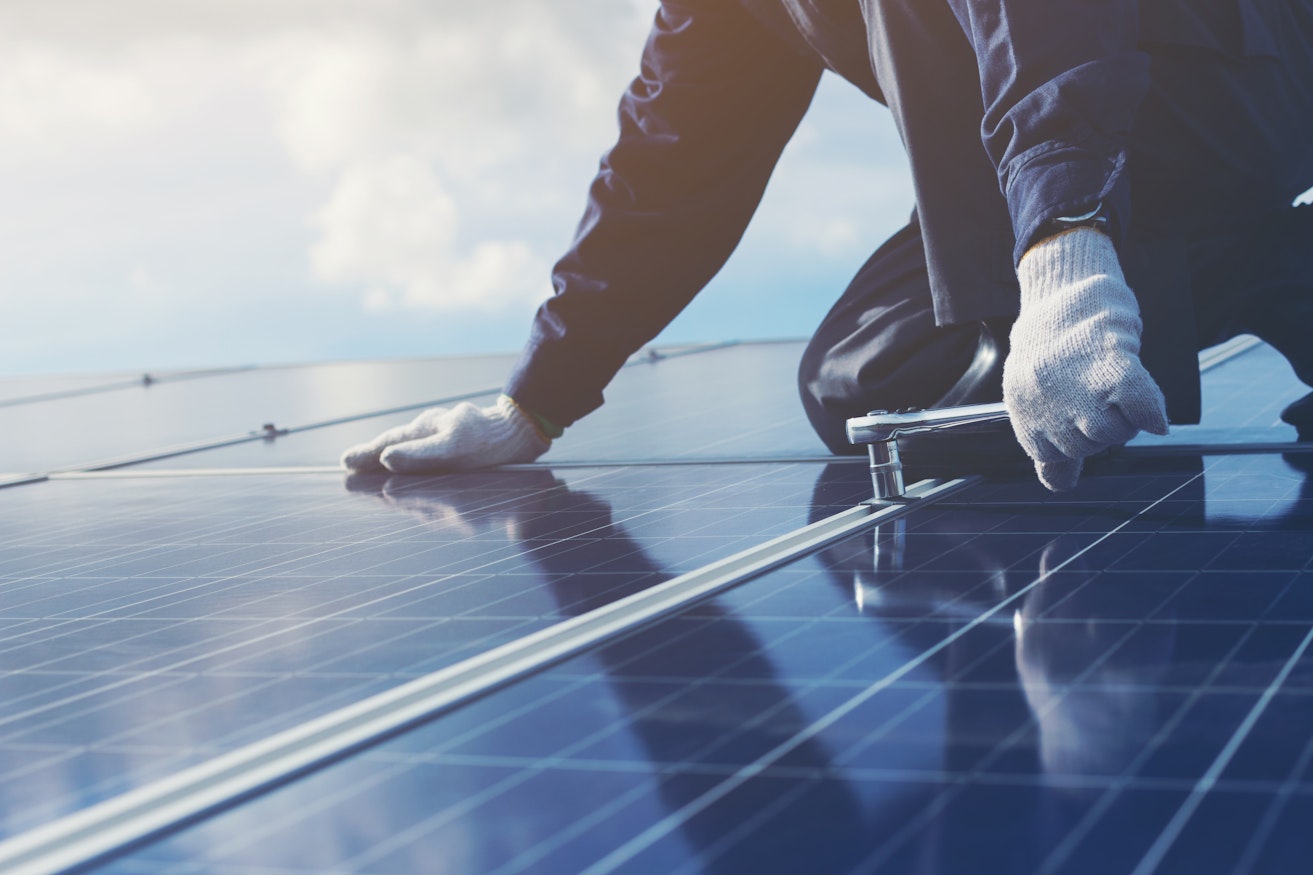
There should also be an industry-wide focus on market readiness and logistics to streamline the movement of solar panels from warehouses to installation sites across Europe while ensuring that imports are tapered relative to short-term demand.
Although some forecasts predict a return to standard inventory levels by June 2024, this can only happen if adaptation measures are taken seriously. Innovation is needed now more than ever. Fresh ideas in both technology and methodology might provide the solutions that help avoid excessive inventory build-ups in the future while aligning more closely with evolving market demands.
Discover how to maximize your solar project's efficiency with RatedPower solar design tool. Streamline your approach and unlock the potential of solar energy.
Latest stories
Related posts
Policy and regulation
Solarspitzengesetz: How it affects solar and negative pricing
Find out more about the Solarspitzengesetz, Germany’s Solar Peak Act, designed to prevent oversupply and price surges during peak solar generation.
Updated 4 NOV, 25
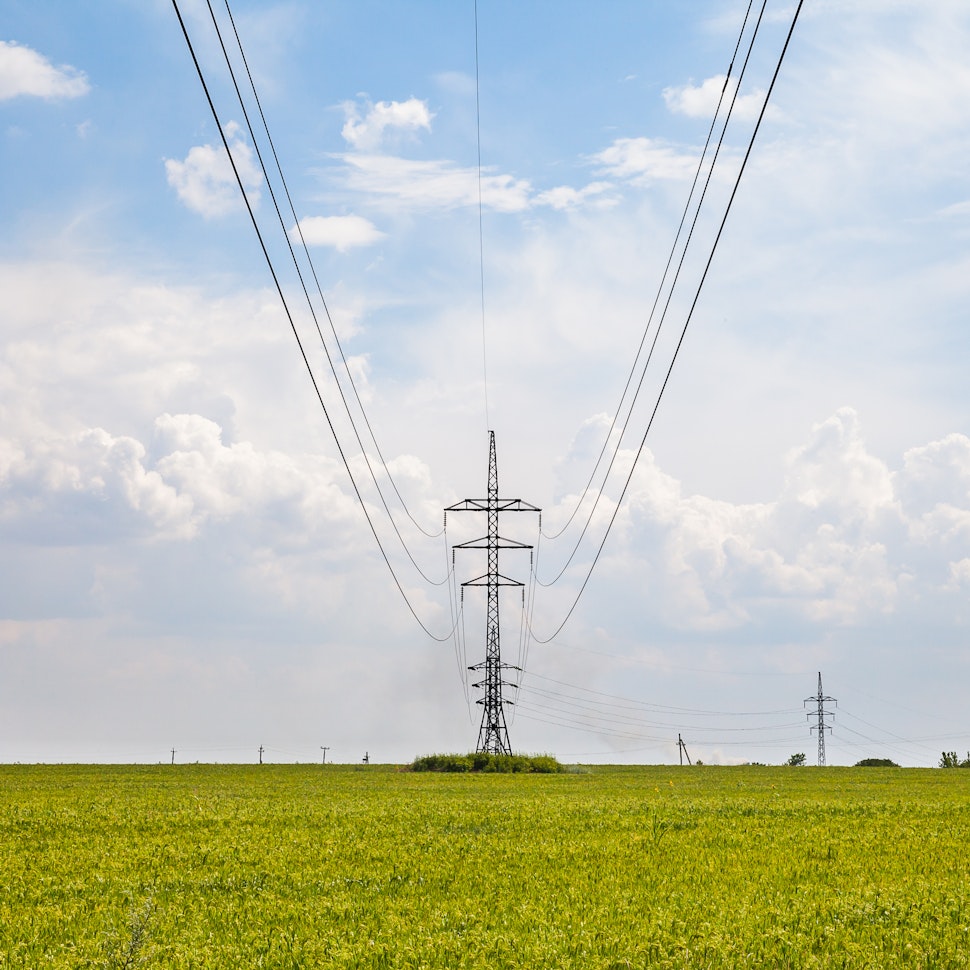
Policy and regulation
Winning the auction: A developer’s guide to GEA-4 execution in the Philippines
Find out how solar design tools like RatedPower can accelerate bankable proposals for auctions like the GEA-4 in the Philippines.
Updated 23 OCT, 25

Policy and regulation
How PL 624 and PL 671 will transform Brazil’s solar energy market in 2025
Discover how Brazil's PL 624 and PL 671 bills are reshaping the country's booming solar energy market in 2025—balancing rapid growth with fair grid access and smarter regulations.
Updated 15 JUL, 25
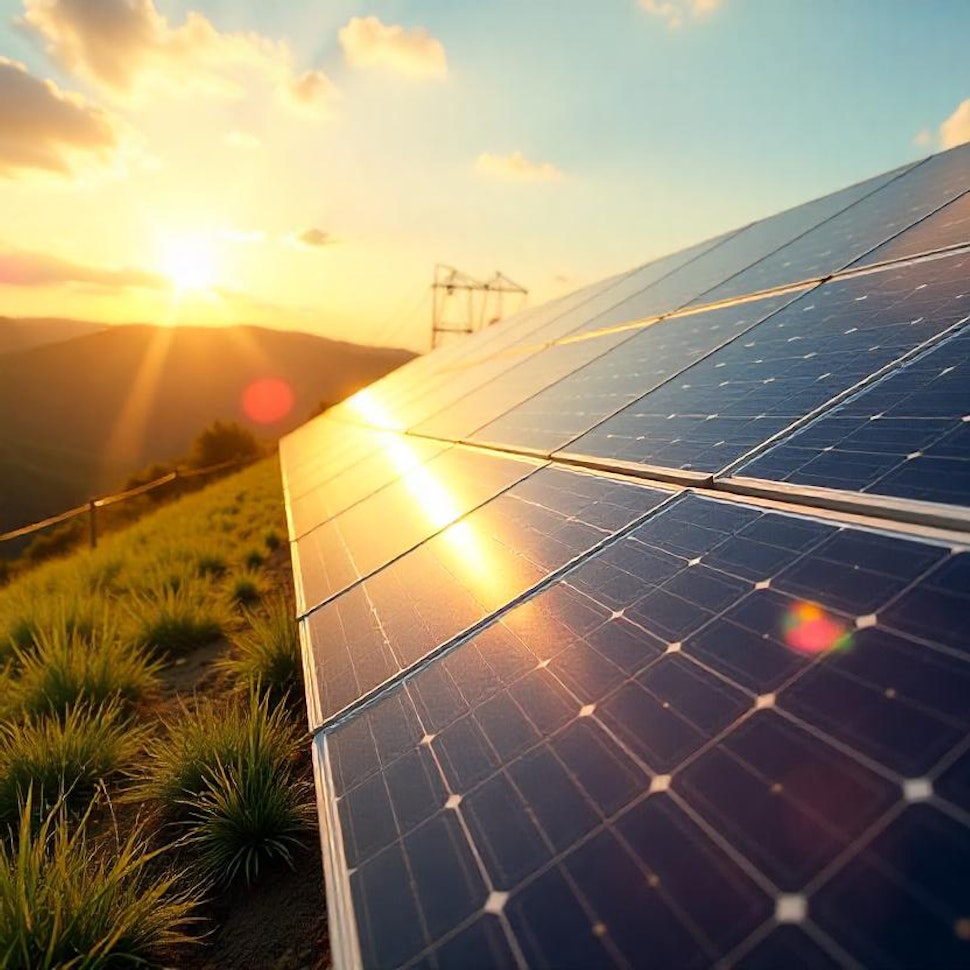
- RatedPower
- Solar energy blog
- How is the EU dealing with a solar inventory dilemma?
 Watch a demo
Watch a demo Ask our AI Product Expert
Ask our AI Product Expert